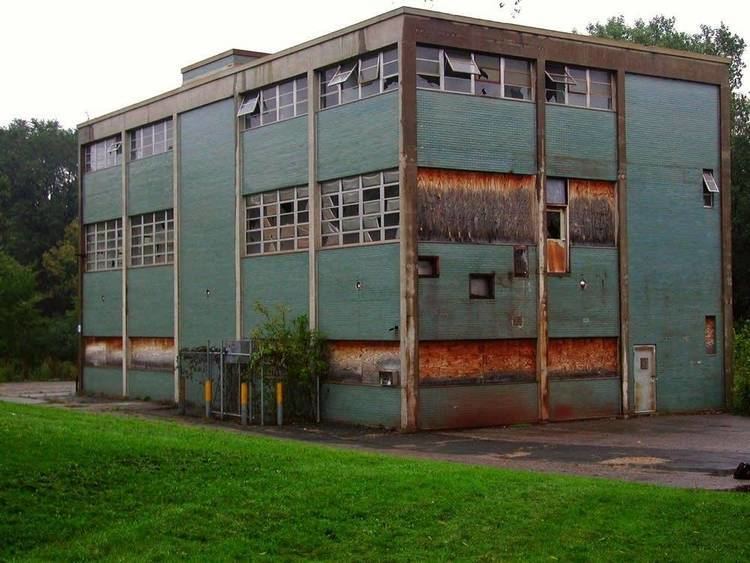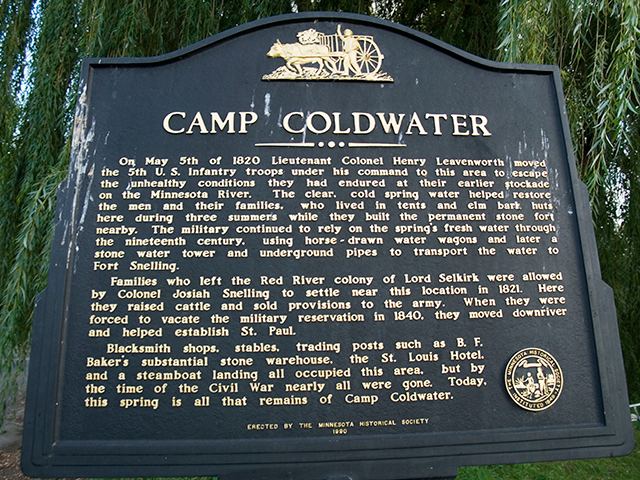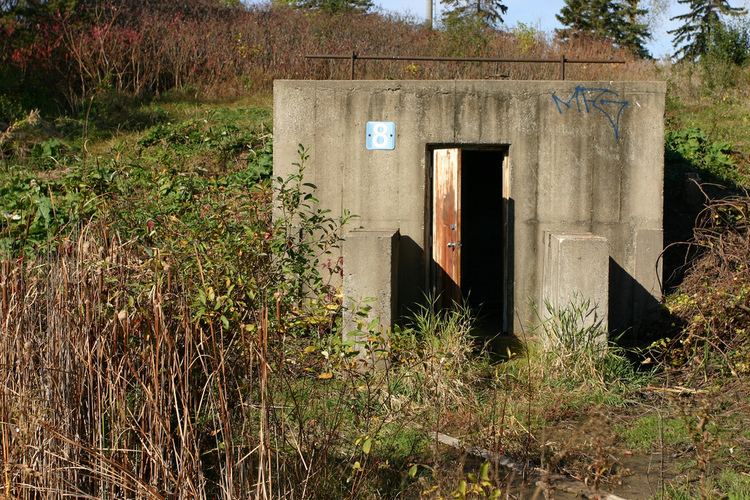 | ||
Coldwater spring
Coldwater Spring is a spring in Hennepin County, Minnesota, United States, that is considered a sacred site by the local Dakota, and was also the site of Camp Coldwater, an early European settlement in the state of Minnesota. Coldwater Spring is located adjacent to the Mississippi River directly south of Minnehaha Park, and is currently managed by the National Park Service as part of the Mississippi National River and Recreation Area.
Contents
- Coldwater spring
- Coldwater spring park minneapolis minnesota time lapse
- Before European settlement
- Camp Coldwater
- Recent developments
- Quotes
- References

Coldwater spring park minneapolis minnesota time lapse
Before European settlement

There is some disagreement as to how the local Dakota people used the spring prior to European settlement. The community at the Lower Sioux Indian Reservation has designated Coldwater as a traditional cultural property, making an official statement that the area "has been used for traditional, spiritual, religious and cultural ceremonies by the MN. Mdewakanton and their hereditary descendents [sic] for thousands of years" and that "the water of Coldwater Spring has been traditionally utilized for healing of Dakota people and others." However, according to the National Park Service, although there were significant Dakota settlements in the area surrounding the Mississippi-Minnesota confluence, there is little evidence that the spring area itself was used as a sacred site.
Camp Coldwater

The camp was explored by early European settlers who were in the process of building Fort Snelling. On May 5, 1820, Lieutenant Colonel Henry Leavenworth moved his troops to the area because their former encampment, on the Minnesota River, was causing unhealthy conditions.
Leavenworth was succeeded by Colonel Josiah Snelling in August of that year. The soldiers lived in tents and huts on the site during three summers while they built the permanent stone fort south of the location. The spring continued to supply water to the fort, first via water wagons and then via a stone water tower and underground pipes.

Settlers who had left the Red River Colony settled near the location in 1821, but were forced to leave in 1840. They moved down the Mississippi River and settled in what eventually became Saint Paul, Minnesota. The Coldwater area once housed blacksmith shops, stables, trading posts, a hotel, and a steamboat landing, but nearly all of those buildings were gone by the time of the American Civil War.
With the re-opening of Fort Snelling during the Civil War, Coldwater Spring was once again used to supply water to the fort. In the 1880s, the Army built a formal waterworks at the site, including the extant spring house and reservoir.
Recent developments
Following the closing of Fort Snelling after World War II, the site was turned over to the United States Bureau of Mines as their Twin Cities Research Center, where mining research was carried out for over 40 years. The Twin Cities Research Center closed in 1996 and was left abandoned.
For many years, efforts to protect the spring delayed planned freeway construction in the area. The Minnesota Department of Transportation set a national precedent in 2003 by welding 28,000 square yards of eight-layer synthetic liner, covering approximately six acres to protect the water flow to the spring. The liner isolated the Hwy 55/62 interchange, allowing it to sit below the water table and remain dry, while also letting the water flow beneath the interchange to the spring.
The property was transferred to the National Park Service in 2010, and made a unit of the Mississippi National River and Recreation Area. In 2012, the site was extensively clear-cut and re-landscaped in an attempt to restore the original oak savanna landscape.
Quotes
Early in the Spring [of 1820] Col. Leavenworth discovered the fountain of water where the troops now are, & to which they moved as soon as the ice would permit. It is a healthy situation, about 200 feet above the river, and the water gushing out of a lime stone rock is excellent. It is called "Camp Cold Water."
[It is] a situation which is extremely salubrious, and where they will remain until the permanent works [Fort St. Anthony, later Fort Snelling] are completed upon the bluff at the junction of the two rivers.
I was a little surprised on arriving here, to find that there is no such place as St. Peters proper. Fort Snelling, New Hope, and Camp Coldwater, comprise all the settlements here; and St. Peters seems to have been used, by common consent, as a name for the whole settlement around the mouth of the St. Peters river (Minnesota River), which empties into the Mississippi here, seven miles below the falls of St. Anthony.
